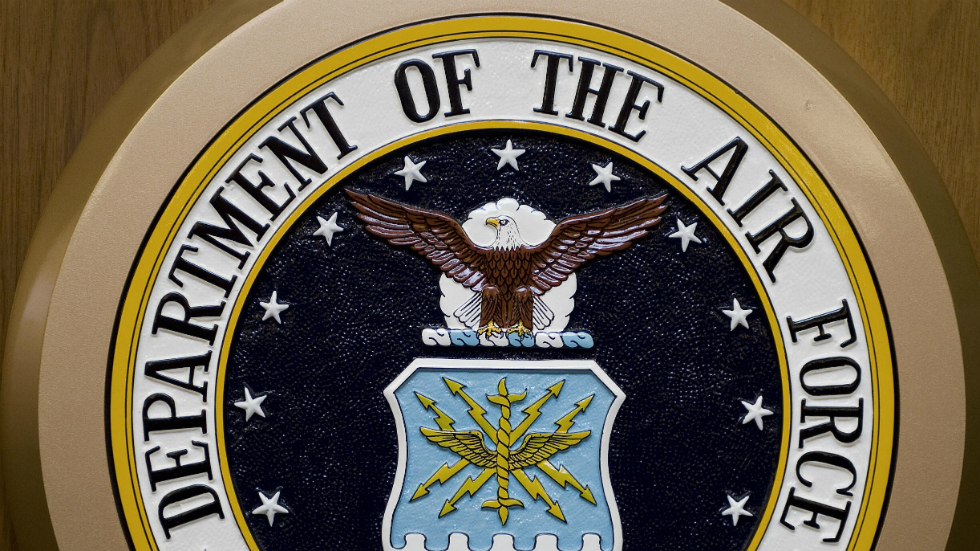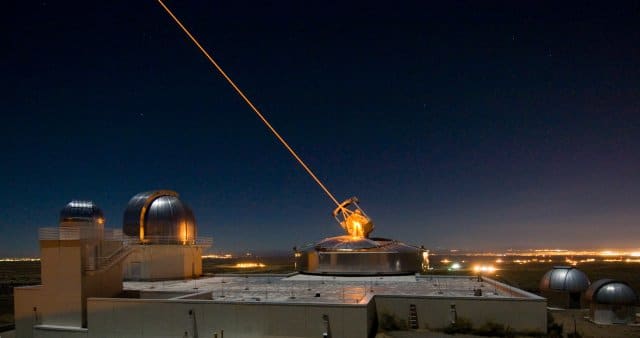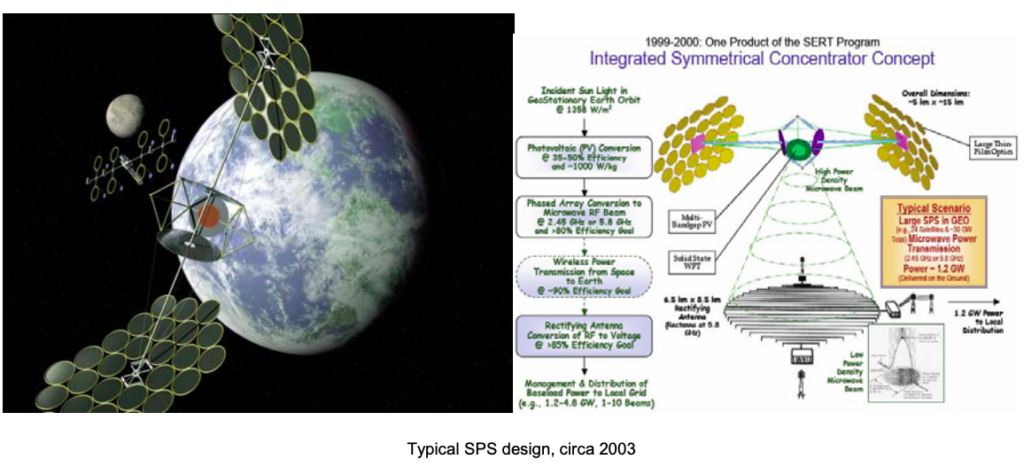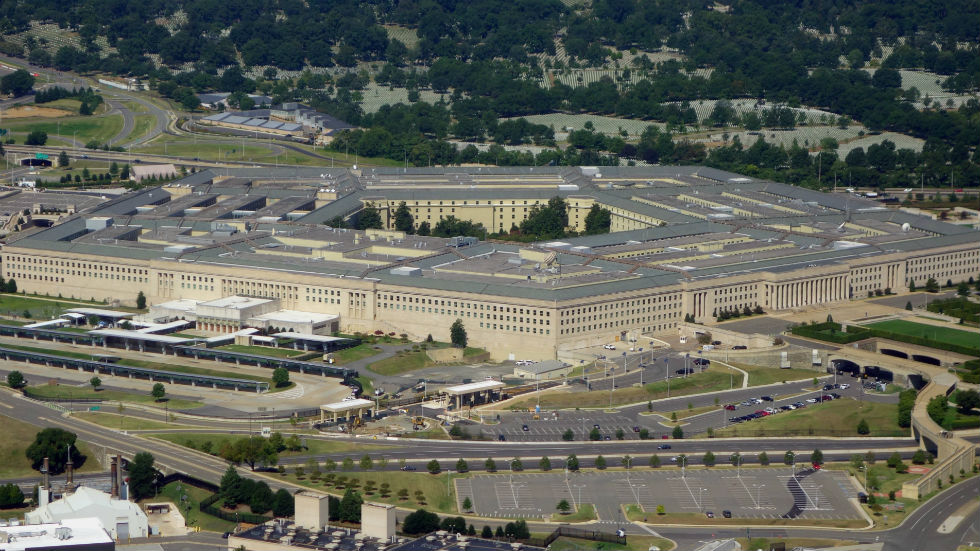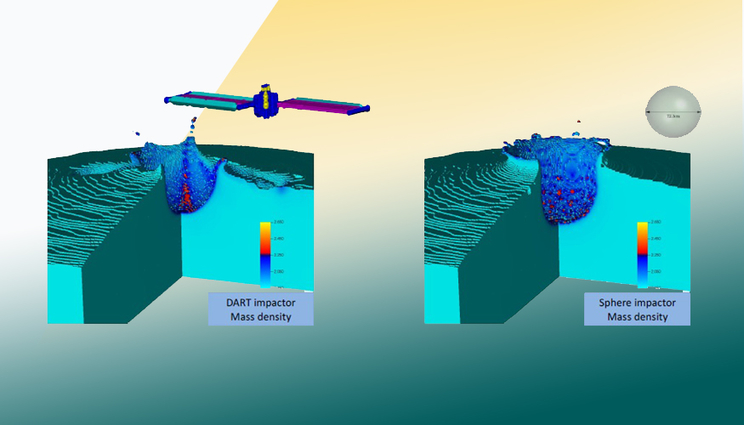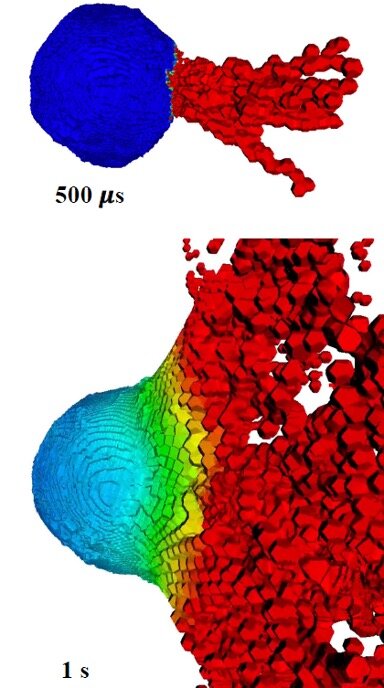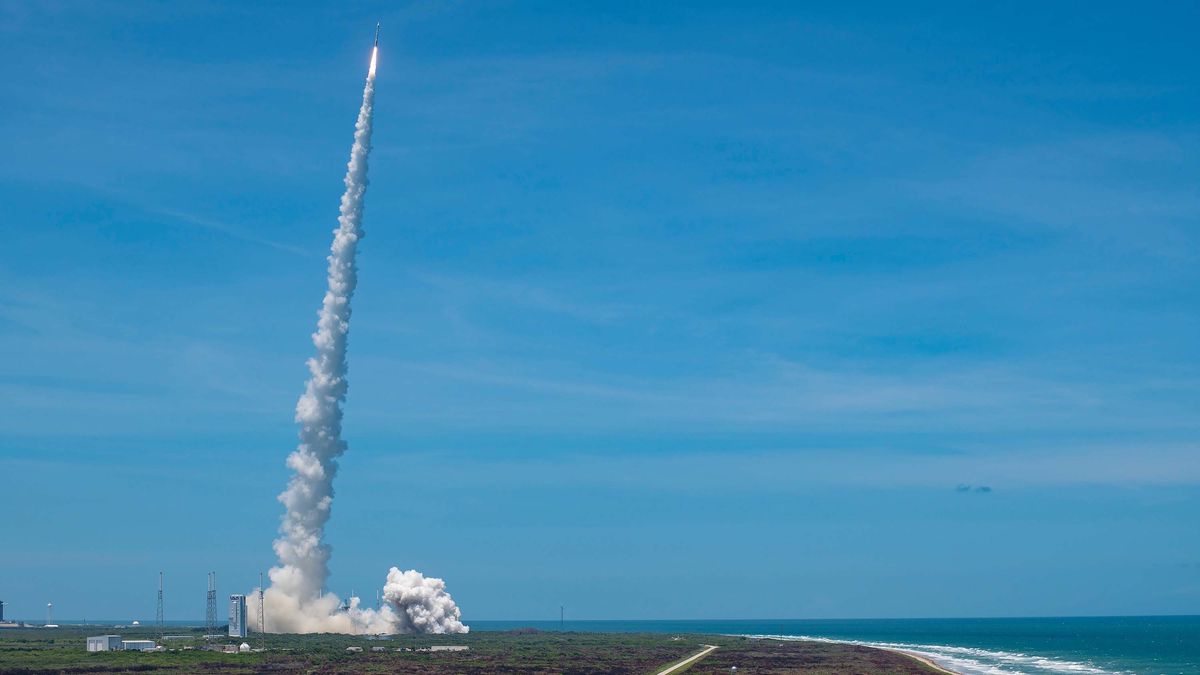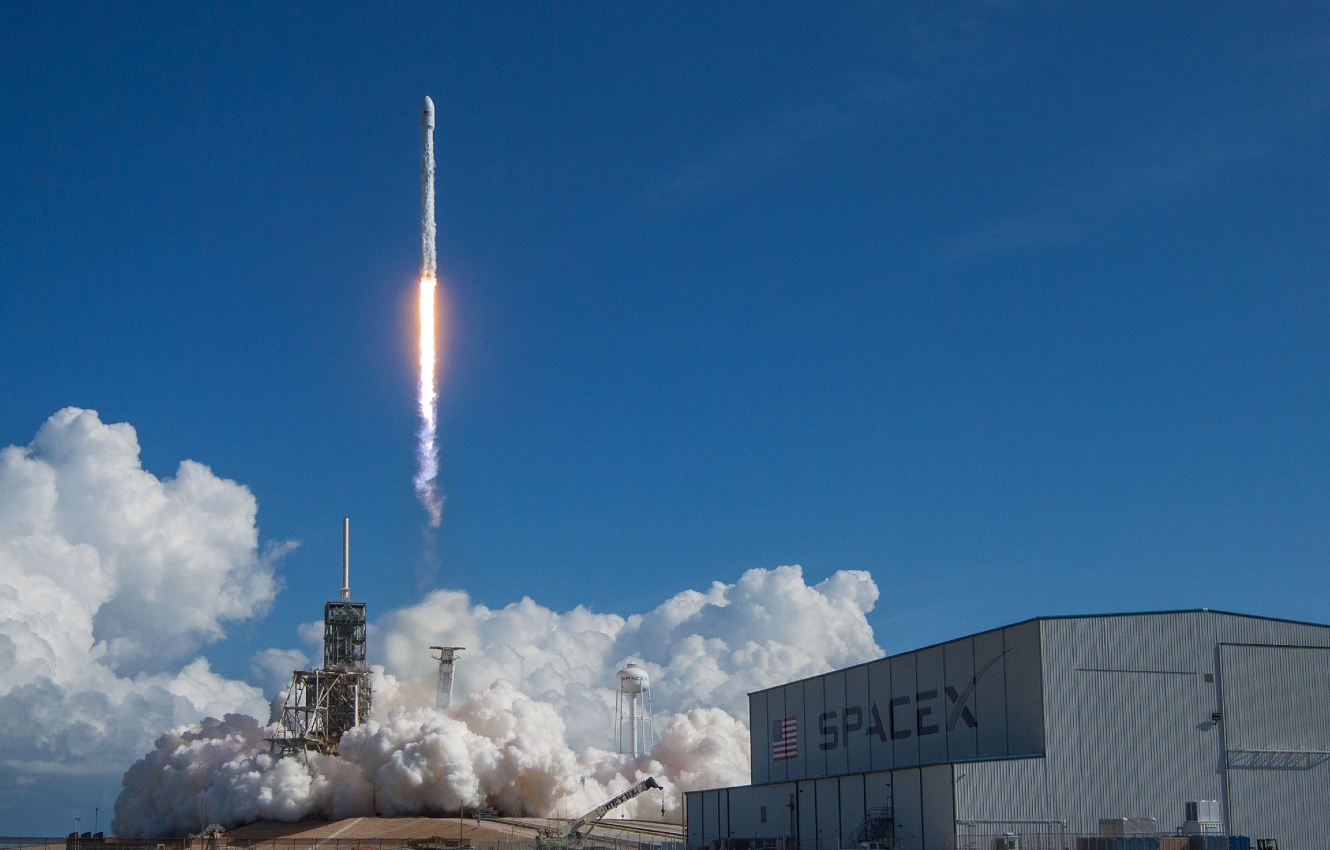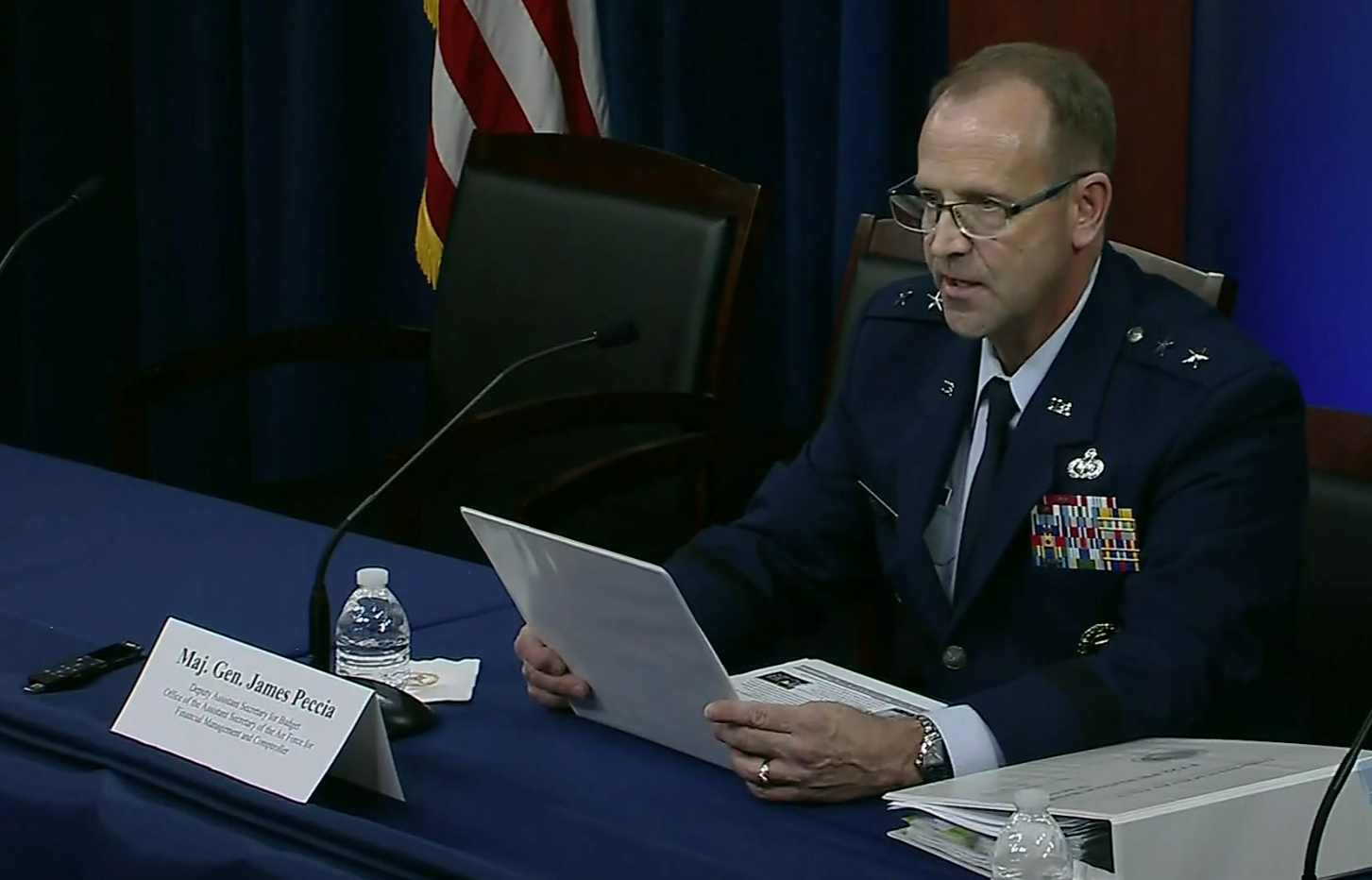HawkEye’s satellites are so-called smallsats, about the size of a large microwave oven....
RF-intelligence satellites detect where a transmission is coming from in two ways. One, trilateration, relies on measuring minute differences in a signal’s arrival time at each member of a cluster. The other uses the Doppler effect—the shift in a signal’s frequency if the transmitter is moving relative to the receiver. Together, according to HawkEye, these can pinpoint a signal’s source to within 500 metres of its true origin. Kleos Space, a Luxembourgeois company that launched its first cluster in November and hopes to put two more up later this year, says its accuracy ranges between 3,000 and 200 metres.
A cluster sweeps a band of territory 2,000km wide so, circling the planet every 90 minutes or so, it can revisit many areas several times a day. Moreover, unlike spy satellites fitted with optical cameras, RF satellites can see through clouds. Their receivers are not sensitive enough to detect standard mobile phones. But they can pick up satellite phones, walkie-talkies and all manner of radar. And, while vessels can and do illicitly disable their ais, switching off their communications gear and the radar they use for navigation and collision-avoidance is another matter entirely. “Even pirates don’t turn those things off,” says John Beckner, boss of Horizon Technologies, a British firm that plans its first launch in August.
RF data are also cheap to collect. Satellites fitted with robotic high-resolution cameras are costly. Flying microwave ovens that capture and timestamp radio signals are not. Horizon says that building, insuring and launching its August mission should cost no more than about $1.4m....
...employs HawkEye’s data to find guerrilla camps and mobile missile-launchers, and to track both conventional warships and unconventional ones, like the weaponised speedboats sometimes deployed by Iran. Robert Cardillo, a former director of the agency who now advises HawkEye, says dozens of navies, Russia’s included, spoof AIS signals to make warships appear to be in places which they are not. RF intelligence is not fooled by this. Mr Cardillo says, too, that the tininess of RF satellites makes them hard for an enemy to destroy.
Beside matters military, the NGA also uses RF data to unearth illicit economic activity—of which unauthorised fishing is merely one instance. Outright piracy is another. And the technique also works on land. In 2019, for example, it led to the discovery of an illegal gold mine being run by a Chinese company in a jungle in Gabon. And in 2020 the managers of Garamba National Park in the Democratic Republic of Congo began using HawkEye data to spot elephant poachers and dispatch rangers to deal with them.
Horizon also plans to compile a library of unique radar-pulse “fingerprints” of the world’s vessels, for the tiny differences in componentry that exist even between examples of the same make and model of equipment mean that signals can often be linked to a specific device. It will thus be able to determine not merely that a vessel of some sort is in a certain place, but which vessel it is, and where else it has been.

 astronomy.com
astronomy.com







